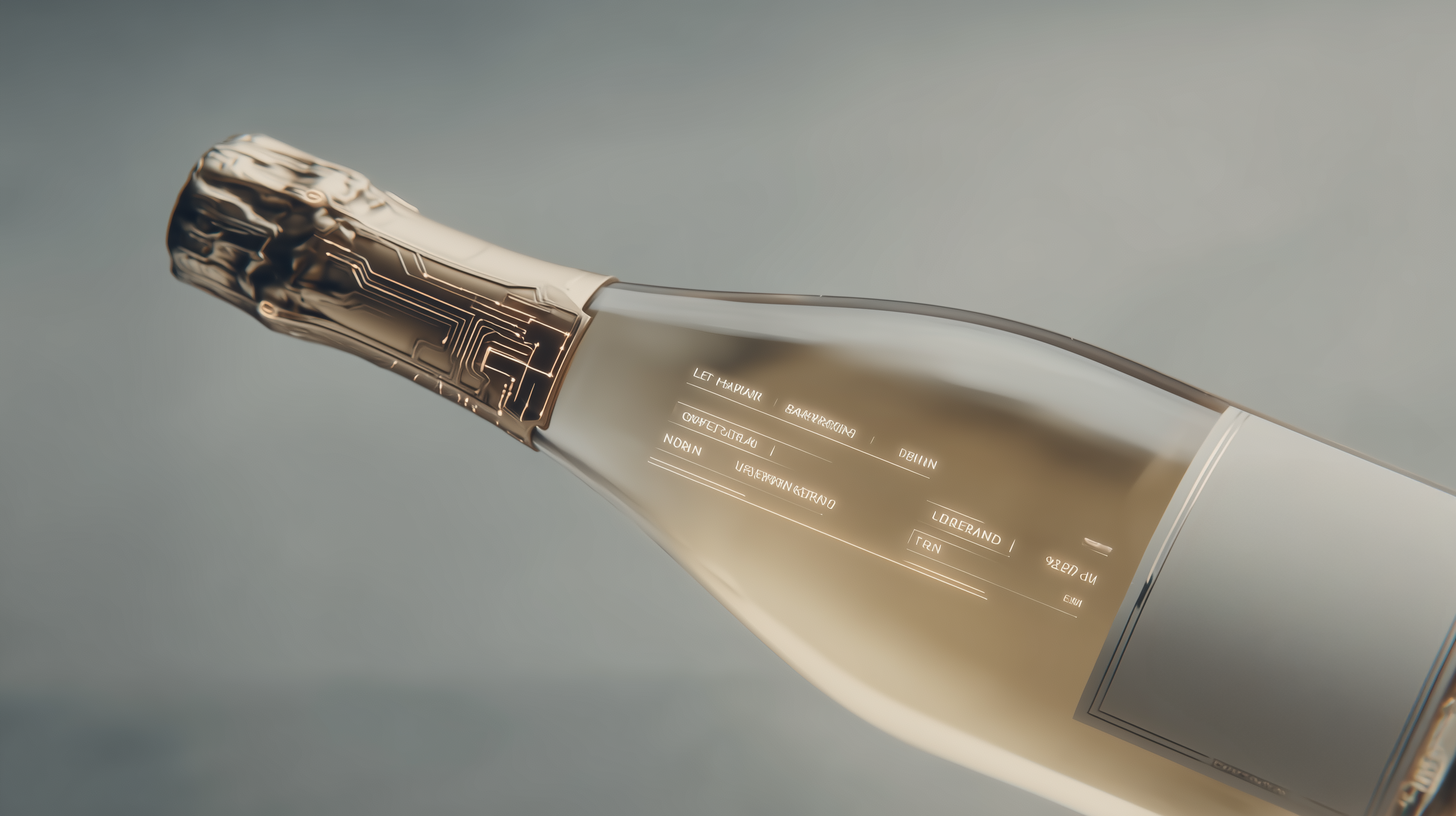
CruTrade Editorial



Real World Assets (RWAs) are transforming how value moves in the modern financial system. From tokenized real estate to art-backed NFTs, on-chain exposure to tangible goods is no longer niche. it’s necessary.
But one category remains overlooked by most investors. It’s liquid, limited, and culturally embedded. And it just happens to be delicious.
That asset is fine wine.
Here’s why wine is the RWA you should be paying attention to—and why tokenized wine may be the most compelling use case of them all.
Wine’s Market Is Already Massive and Proven
The global fine wine market hit €30 billion in 2024. That’s just 1.5% of global wine volume—but it accounts for 11% of total value. This is a premium asset class in every sense: rare, resilient, and deeply desired.
And it performs.
Over the last decade, the Liv-ex Fine Wine 1000 index has delivered over 120% cumulative return. That’s an average of 8–10% annually outpacing many traditional assets.
More importantly, wine holds its value when others fall. During the 2008 financial crisis, fine wine didn’t just survive—it appreciated.
This isn’t a speculative play. It’s a historically stable, outperforming asset.
Tokenization Solves Wine’s Biggest Problems
The traditional wine investment market is full of friction: high entry costs, limited liquidity, and fraud risks.
Tokenization fixes that:
It’s not just better access. It’s better infrastructure.
Wine Offers Structural Advantages Other RWAs Don’t
1. Built-in Scarcity
Wine is naturally limited. Great vintages happen rarely, and once bottles are opened, they’re gone forever. Supply shrinks every day.
2. Age Improves Value
Unlike most RWAs, fine wine gets better with age—if stored properly. The longer it rests, the higher the price it commands.
3. Demand Is Growing
New wealth in Asia and the Middle East is fueling global demand. As cultural status symbols evolve, wine is gaining ground in portfolios worldwide.
4. Tax Benefits
In the UK, wine may be exempt from Capital Gains Tax as a “wasting chattel.” Storage “in bond” also defers VAT and duties. These perks aren’t theoretical—they’re used by top collectors and funds today.
Performance That Outpaces and Diversifies
The numbers don’t lie:
Wine isn’t just stable. It’s a legitimate growth asset. And because it shows low correlation with stocks, it also hedges against market volatility.
Tech Infrastructure Is Already in Place
Wine tokenization isn’t theoretical, it’s live.
Even traditional institutions are onboard. Sygnum Bank, Sotheby’s, and Avalanche-backed Wine Capital Fund are already supporting wine-as-token protocols.
What to Watch For
No asset is perfect. And wine, like any RWA, carries risks:
But these aren’t blockers. They’re design constraints—and the best platforms are building around them.
Wine as RWA: Where Culture Meets Capital
Wine is different.
It isn’t just an investment. It’s an experience. A collectible. A conversation starter. It’s tangible, emotional, and finite—three things most crypto-native assets aren’t.
When tokenized, wine becomes the perfect hybrid: physically anchored, digitally tradable, culturally relevant, and financially proven.
CruTrade Is Built for This
CruTrade bridges this gap. It wasn’t designed for speculation. It was built for confidence.
Collectors gain liquidity. Investors gain security. And everyone gets access to the real thing.
Start collecting smarter at
app.crutrade.io
Citations
With just a few clicks, you’ll get access to